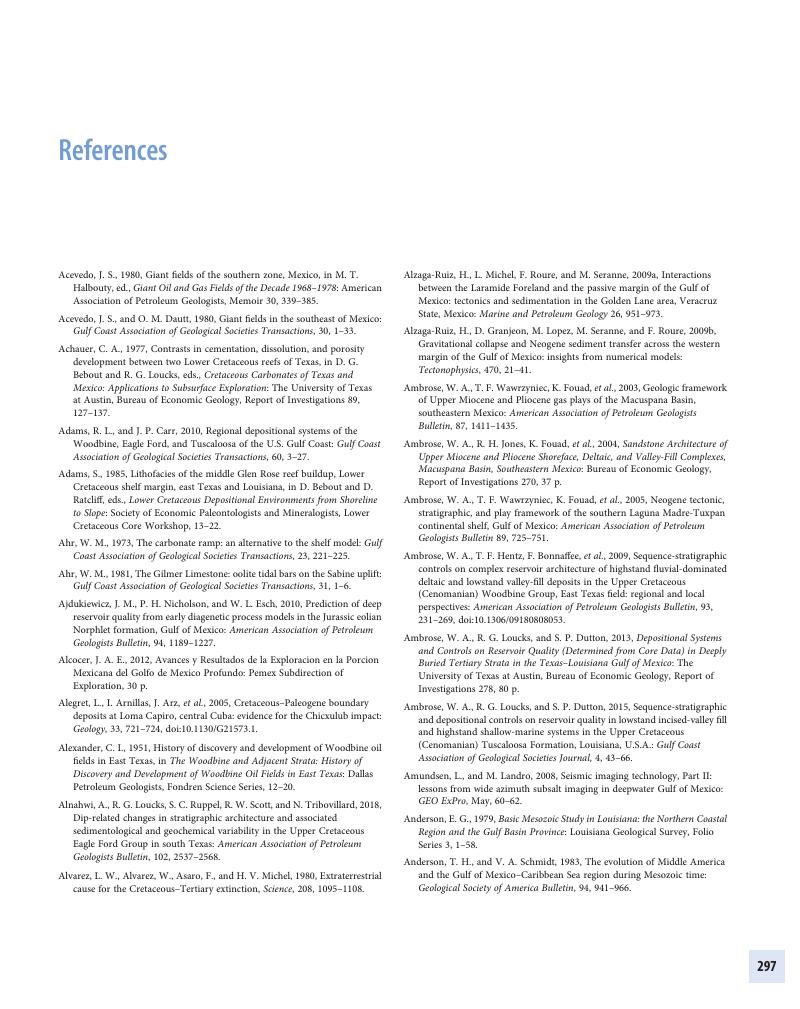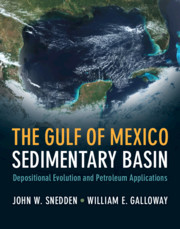Book contents
References
Published online by Cambridge University Press: 13 September 2019
Summary

- Type
- Chapter
- Information
- The Gulf of Mexico Sedimentary BasinDepositional Evolution and Petroleum Applications, pp. 297 - 323Publisher: Cambridge University PressPrint publication year: 2019

